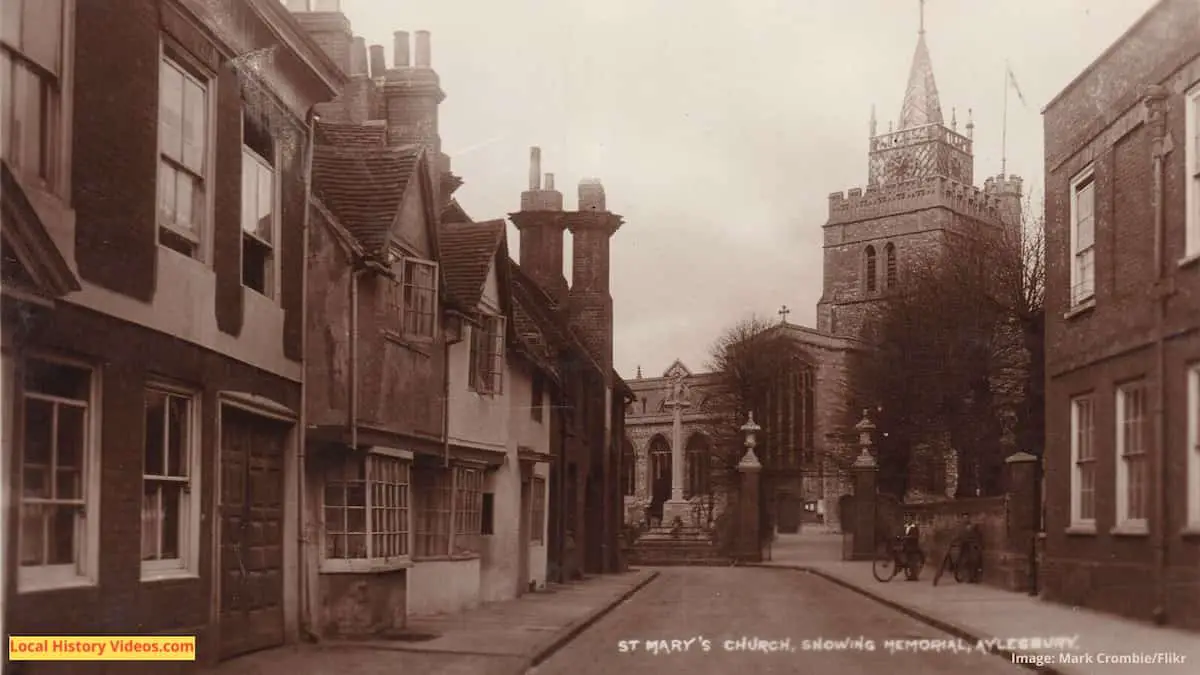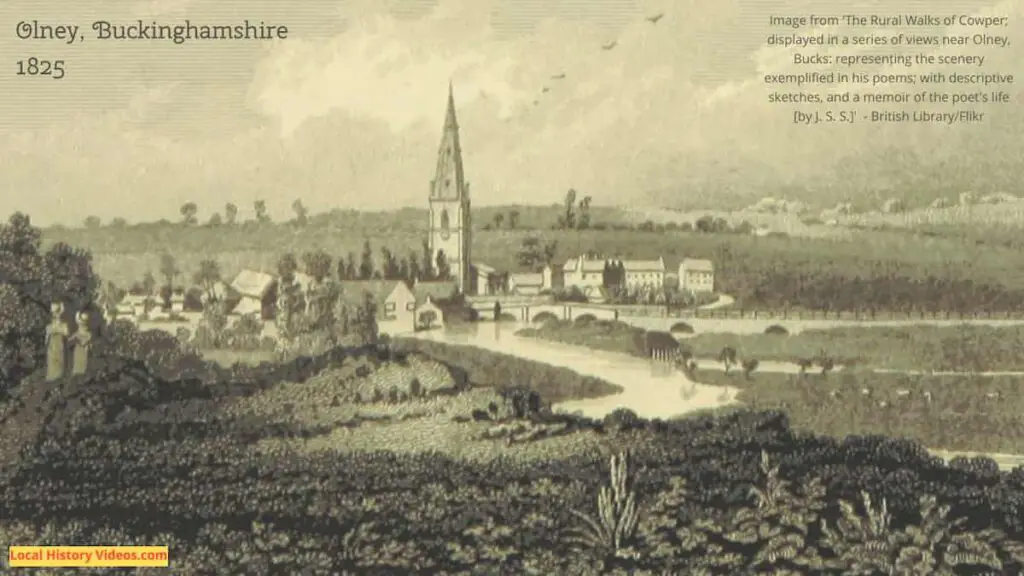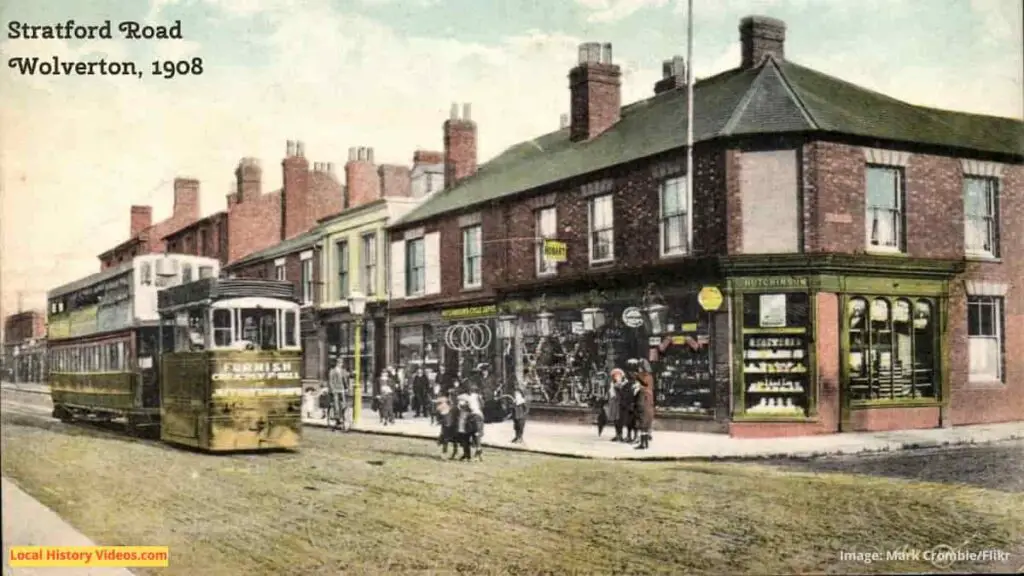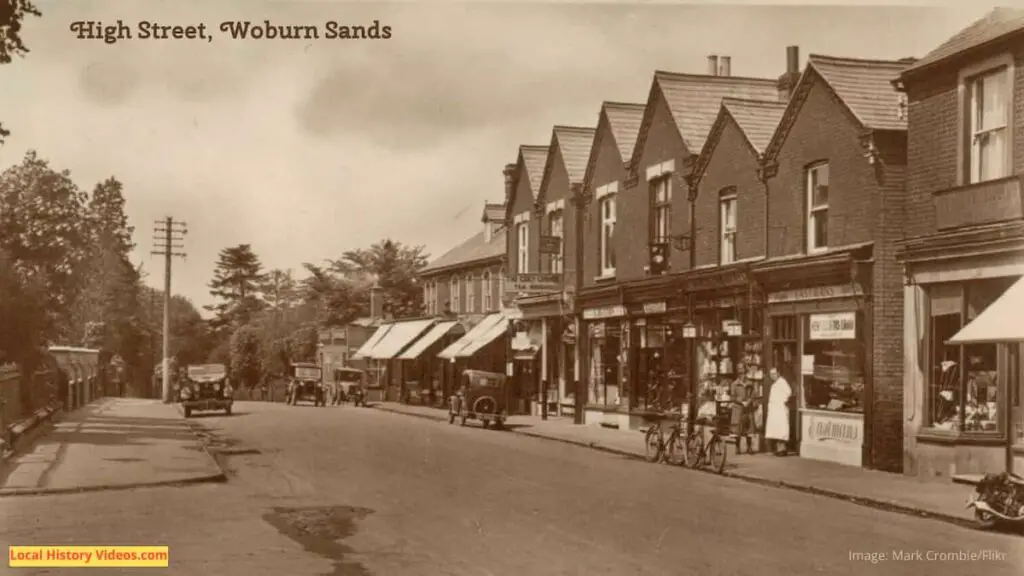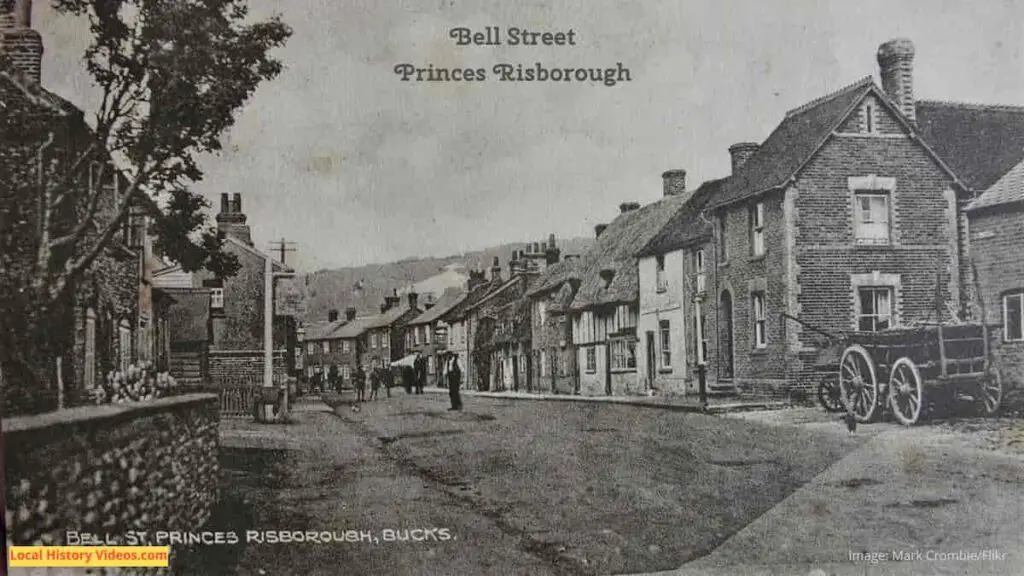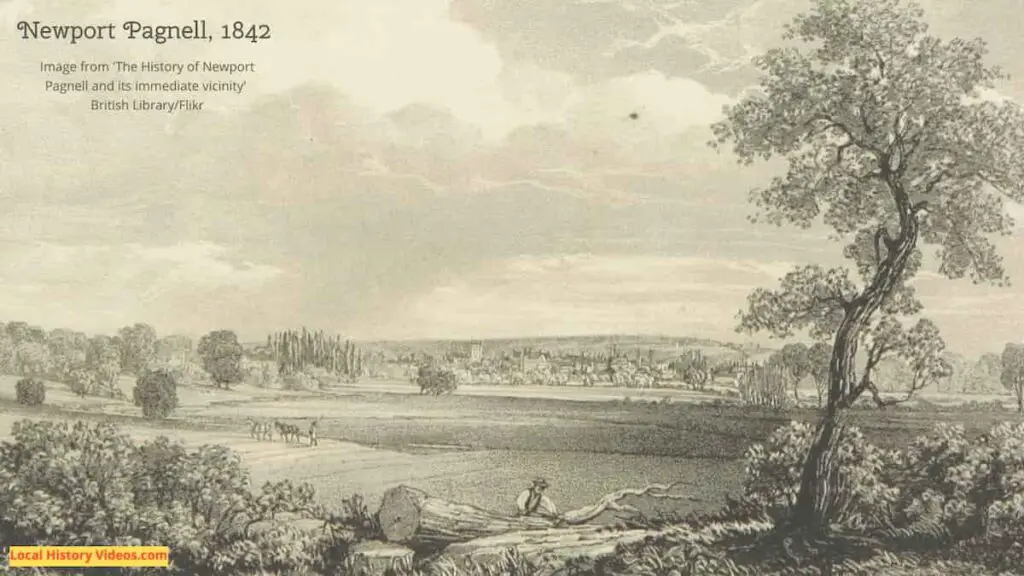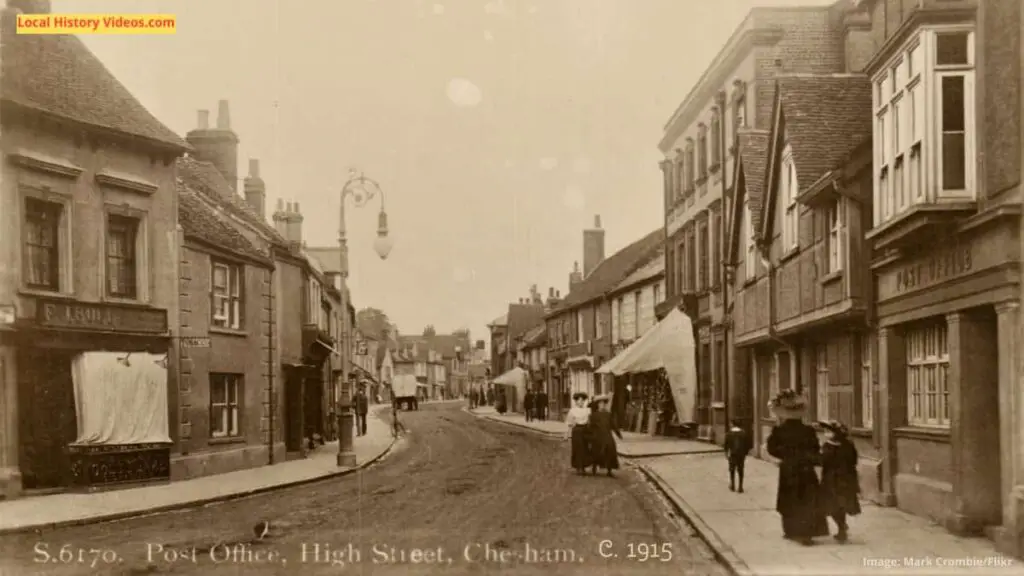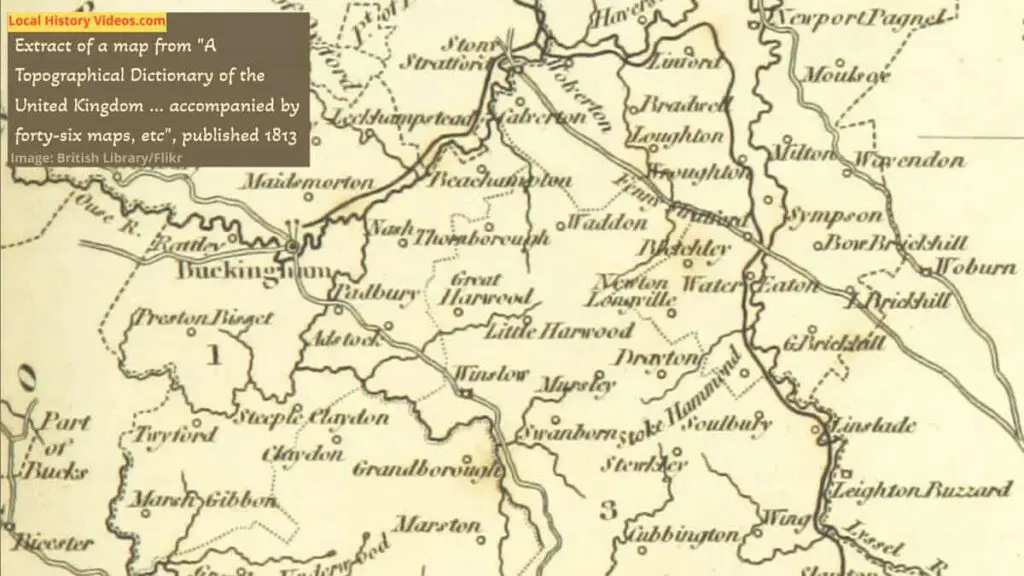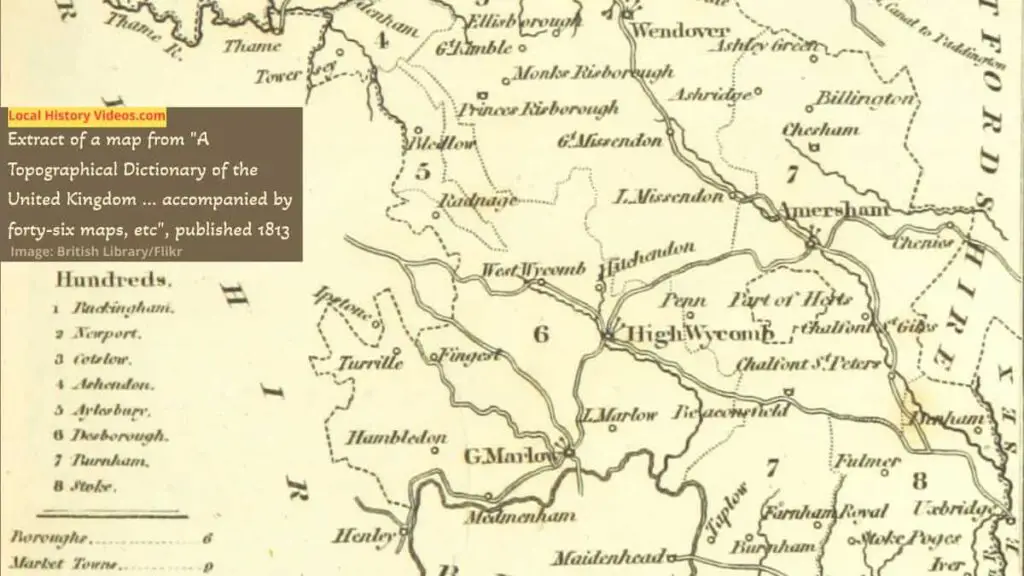Glimpse history through old images of Aylesbury, Buckinghamshire, England.
Old Photos of Aylesbury
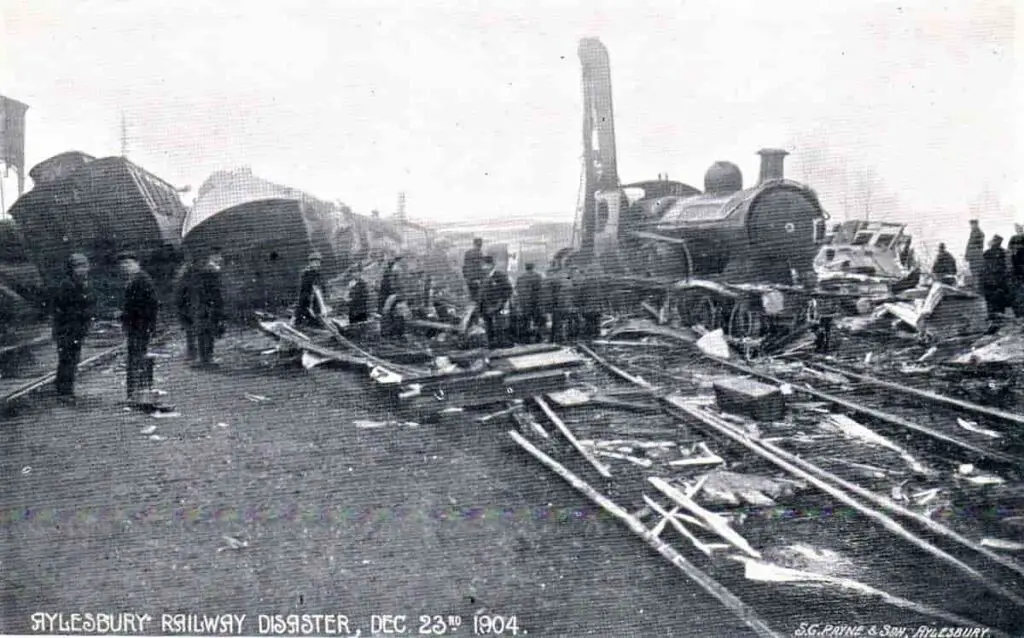
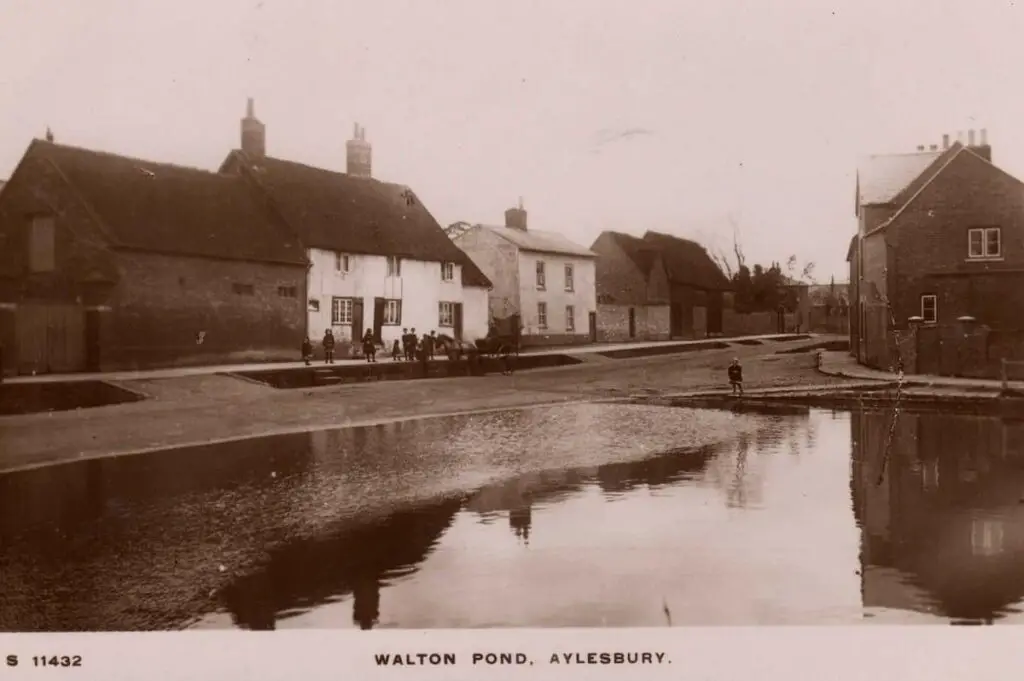
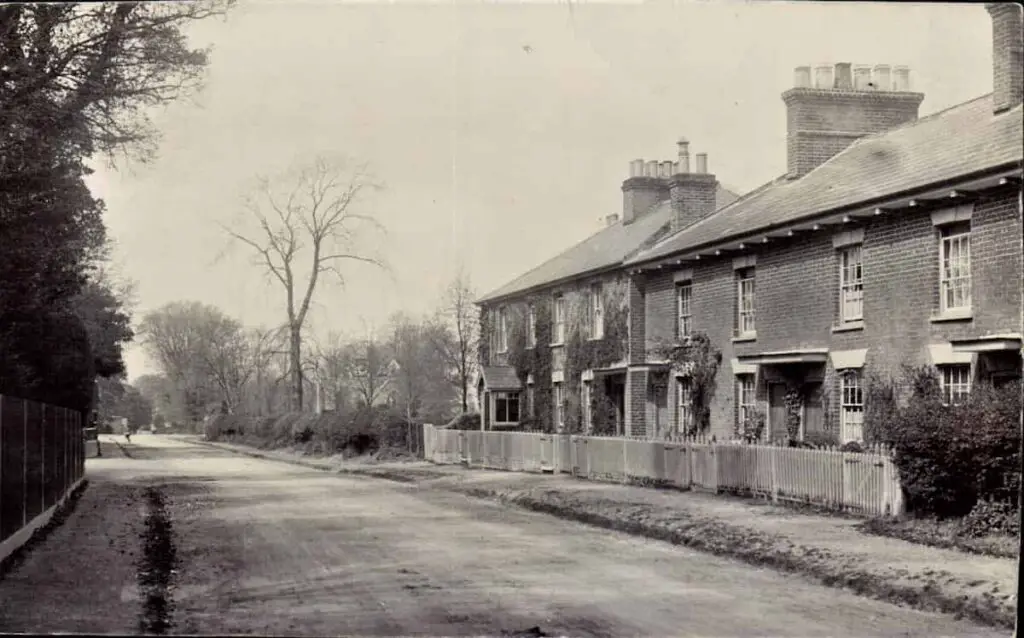

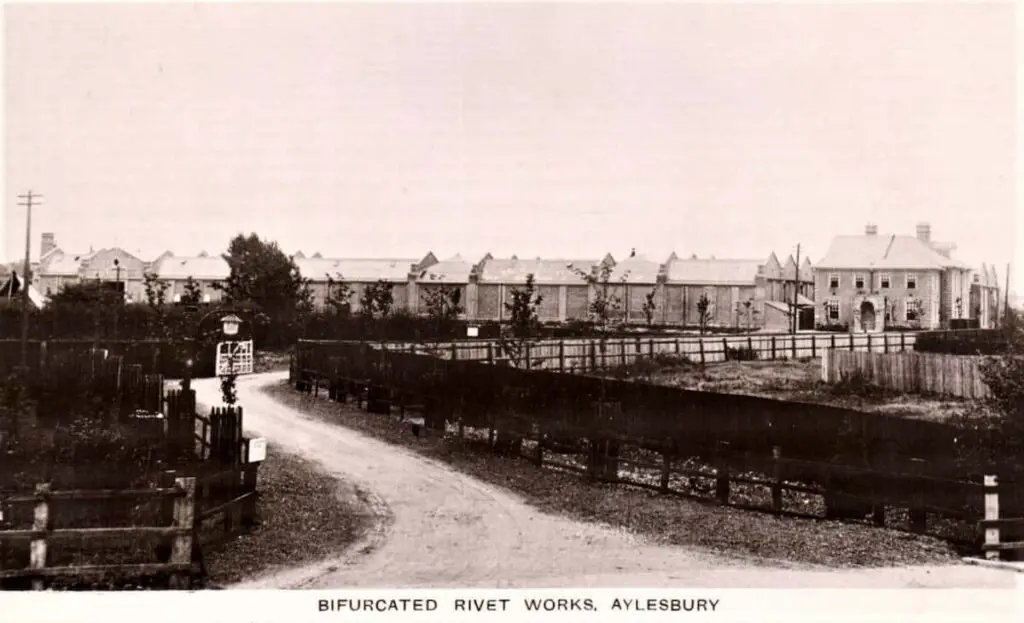
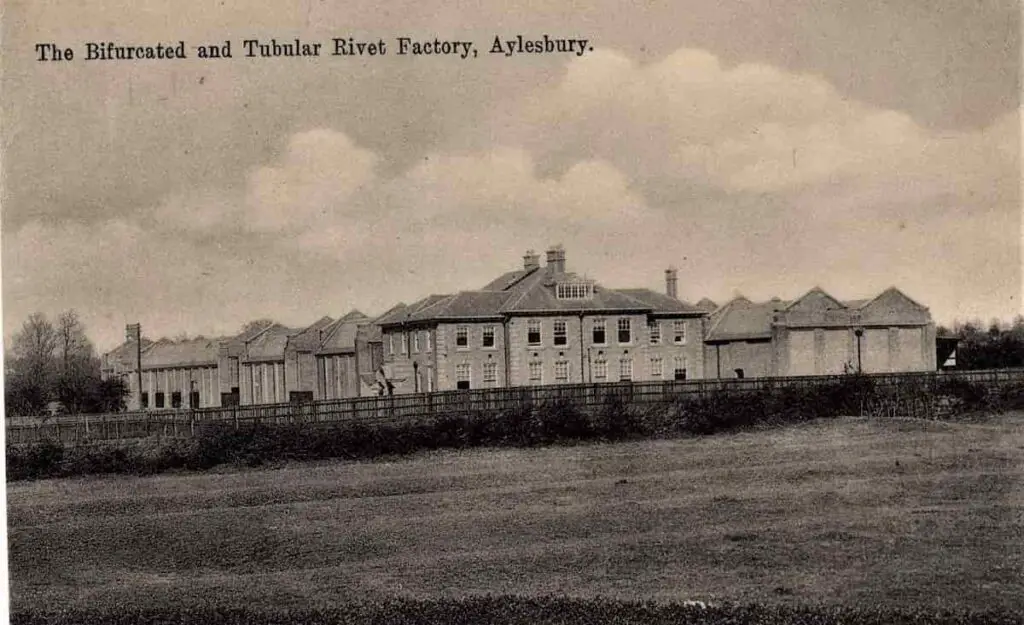
Girl Guides 1926
Two very similar pieces of old footage show Princess Mary inspecting Girl Guides in Aylesbury in 1926.
Princess Mary Version 1 Of 2 (1926) – British Pathé on YouTube
Princess Mary Version 2 Of 2 (1926) – British Pathé on YouTube
Coaching Marathon 1937
Coaching Marathon From Aylesbury To Princes Risborough (1937) – British Pathé on YouTube
RAF Exercises 1938
A year later, these young men were at war. Those who served in the air crew suffered a high casualty rate.
RAF Physical Jerks Display (1938) – British Pathé on YouTube
Aylesbury Market Square 1953
A private coach to London, offering passengers a hot and cold buffet as well as a passenger toilet, picked up passengers from Aylesbury’s Market Square in 1953.
Private Coach (1953) – British Pathé on YouTube
Stoke Mandeville 1953
A cholera hospital was established on the parish border between Stoke Mandeville and Aylesbury in the early 1830s. Today it’s a modern NHS hospital.
In September 1943, the German-expatriate spinal injuries specialist Ludwig Guttmann was asked by the British Government to set up the National Spinal Injuries Centre at the site. He believed sport could help injured military personnel physically and mentally, organising the first Stoke Mandeville Games for disabled personnel on 28 July 1948, the same day as the start of the 1948 Summer Olympics in London.
Disabled Sports (1953) – British Pathé on YouTube
Barges 1961
Barge Rally (1961) – British Pathé on YouTube
Aylesbury in 1972
The audio on this footage isn’t great, but the images of different local streets and buildings show what they looked like in the early 1970s.
Bill Grundy Looks At Aylesbury (1972) – British Pathé on YouTube
A Bit of Aylesbury History
Extract from:
A History of Aylesbury with Its Borough and Hundreds, the Hamlet of Walton, and the Electoral Division · Volume 1
by Robert Gibbs (of Aylesbury, Eng.)
Published in 1885
Pages 354 – 356
The fourth part of the register commences with the year 1701, and is entitled “A Register of Marriages, Births, and Buryall within the Parish of Aylesbury-cum-Walton, in the County of Bucks, Beginning Anno Christi 1701,” &c.
This volume is much more bulky than its immediate predecessor and more antique in appearance. Parchment is reverted to and ruled columns are revived.
The marriages of non-residents are still recorded in large numbers, persons coming from long distances to be married here, who seem to have had no connection with the place.
In this volume the occupations of the people are added, and thus we have Brooks the maltster, Impey the miller, Tallboys the “joyner,” Ray the collar maker, Gibbs the tallow chandler, Sheen the fellmonger, Harding the linen draper, North the barber, Ashby the “vitler,” White the butcher, Barnaby the yeoman, Dawney at the “Crowne,” Ginger the glover, Williams the apothecary, Fowler the baker, Todd the farmer, Tuckwell the cutler, Boughton the woollen draper, Egleton the sexton, Holloway the waggoner, Woodcock the gaoler, Alexander the “skoolmaster,” Wheeler the basket maker, Hickman the carpenter, Thorp the fellmonger, Burnham the attorney, Bigg the farmer, Ledbeater the “taylor,” Dell the maltster, Wilgoose the bricklayer, Ivatts the shoemaker, Russell the glazier, Heywood the woollen draper, Dorrell the bellman, Neal the schoolmaster, Bell the registrar, Noah Pitches the “chyrurgeon,” Wilson the doctor of physick, Prince the apothecary, Wilson the ironmonger, Patten Burnham the proctor, Mead the attorney, Dagnall the stationer, (no printer).
There also appear several occupations which are not now followed in the town; there were a button maker, a pinmaker, a flax-dresser, a weaver, a tapster, a wiredrawer, a water carrier, a fuller, a pipemaker, a clocksmith, a hayward, an oatmeal man, a limner, a corkeutter, a linberdasher of “hatts,” a parchment maker, a cider maker, a costardsonger, a woolman, etc., etc.
Amongst the titled residents were Mr. John Burnham, W. Cockman, gent., W. James, gent, Mr. Paul Heywood, Mr. Noah Pitches, Mr. Joseph Bell, Mr. Robert Hitchcock, Edward Wells, gent., Mr. Neil Cambell, F. Ligoe, gent., and W. Croke, gent.
Amongst the noticeable entries of this volume, one states that in 1701 a pair were married, and the registrar adds “Both had but one legg“; the burials of two felons who had been executed are recorded.
In 1702, Henry Russell was buried, having been executed for robbing the minister of Sherrington; he declared that “John Barnes, the beliman, and Joseph Sapwell, the crier, both of Newport Pagnell, were with him at the robbery, and no one else.”
There are, again, several entries of the deaths of soldiers; in 1707 a lieutenant in Colonel Churchill’s regiment was buried, and in 1708 a soldier in Colonel Ellis’s regiment.
In this year baptisms were allowed to be performed by Mr. Ward, the Presbyterian minister.
In 1709 a trooper in the Duke of Northumberland’s regiment was buried; both he and Joseph Harding were drowned in a pond in Bull Close.
At the end of March, 1710, two men were buried at the same time, having passed through the manipulations of the hangman.
In 1713 Pompey, “a “blackamore” in Lord Peterborough’s regiment, was buried.
Aylesbury Gaol must have been thickly populated at this period, several children having been baptised with the note “Father, a prisoner,” Mother, a prisoner,” etc., and strangers’ children from the “Peecock,” “Katherine Wheel,” the “Tun,” the “Cock and Bottle,” and the “Blew Boar” in Walton; these houses are supposed to have been lodging-houses for travellers.
In August, 1714, Richard Hinson, a traveller, was buried, having died under William Stopps’s penthouse in Walton.
On the 18th of November, 1714, Mr. Henry Phillips, of London, linen draper, was buried; “he was in the 75th year of his age and gave £5000 to poor children of this parish; left it in the hands of Mr. William Mead and Mr. Jolin Mead, trustees.”
In the month of March, two brothers of the name of Longford were buried; their deaths were the fruits of the late assize; other such cases take place in the following year, both in March and July.
In 1716 William Viccars was buried; he was in Capt, Hawkins’s troop of Horse Guards and was killed in a fight with a comrade.
The following month of March brought its accustomed fatality, three poor fellows having met violent deaths under the sanction of the law.
In August, 1718, a child was baptised, belonging to some travelling people; this note is attached, “Shee was Born in ye street, without the help of any.“
A woman, who died, is recorded as being of the reputed age of 103 years.
The summer assize of 1718 was fatal to two felons.
In March, 1719, again, two culprits met their fate as usual, one being buried under the “gallus.”
In December of this year William Harding, of Walton, was buried: “he left a great part of his estate to ye poor of Aylesbury and Walton.”
In August, 1720, the body of a child of a traveller was buried, “whose name wee know not;” it was left in Thomas Bigg’s barn, in Walton.
In 1726, Thomas Hicks, Esq., “Captain Lieutenant in ye Hon. Major General Wade’s regiment of horse, was buried from the George.”
On the 7th of August, 1727, John Walton was buried, “he was drowned in Friarage brook;” and in the same month a trooper in Col. Wade’s regiment was buried; in the next year the Quartermaster was buried.
On the 27th of October, 1728, Mr. Isaac Lodington, the vicar of Aylesbury, was buried.
In March, 1729, the usual interments followed the assizes: there were two felons on this occasion, and two others after the Midsummer assizes.
On the 22nd of November, 1729, it is recorded, “Mr. John Dadley, M.A., vicar of Aylesbury, did take his induction.”
The mortality in the gaol must have again been great, there being frequent burials of prisoners who had been confined for debt.
This volume closes as it began, and its last page records the deaths of two more victims of the gallows.
More about Buckinghamshire
- Old Images of Buckinghamshire, England
- Old Images of Wolverton, Buckinghamshire
- Old Images of Woburn Sands, Buckinghamshire
- Old Images of Princes Risborough, Buckinghamshire
- Old Images of Olney, Buckinghamshire
- Old Images of Newport Pagnell, Buckinghamshire
- Old Images of Chesham, Buckinghamshire
- Old Images of Bletchley, Buckinghamshire
- Old Images of Aylesbury, Buckinghamshire
- Old Images of Amersham, Buckinghamshire

